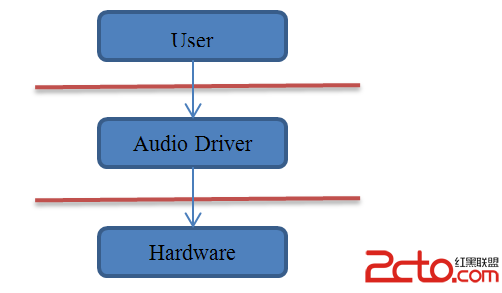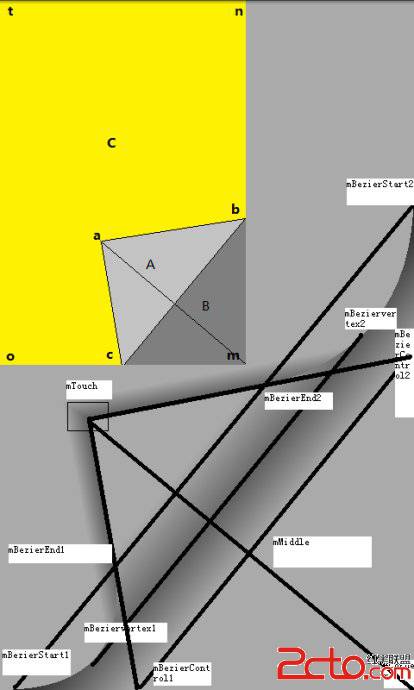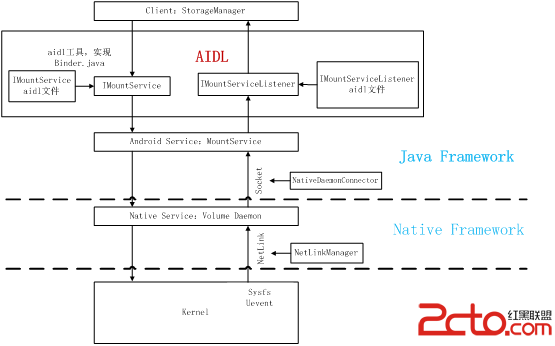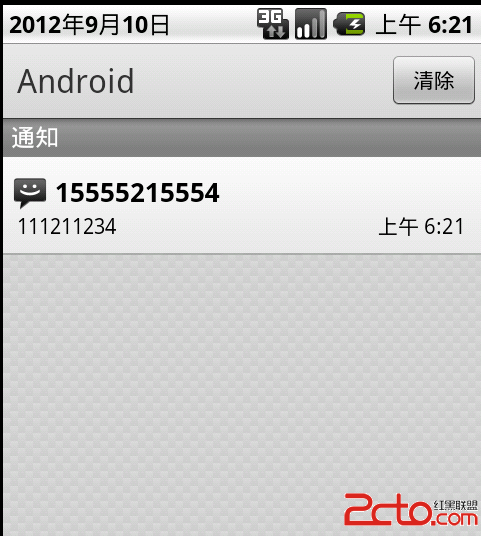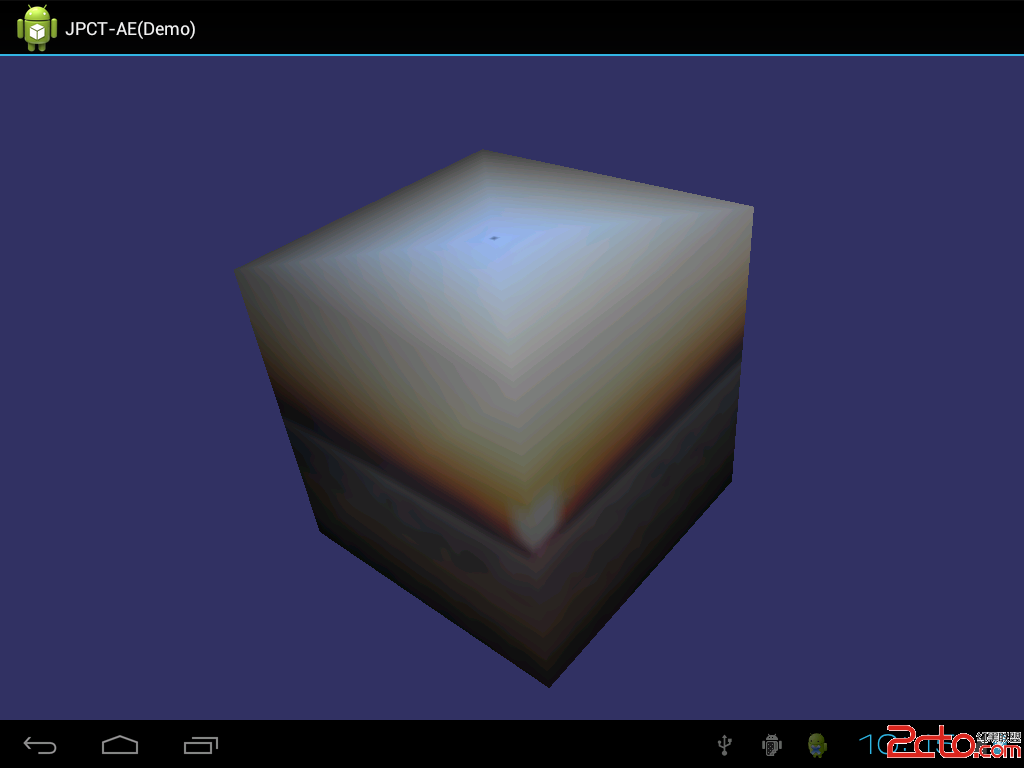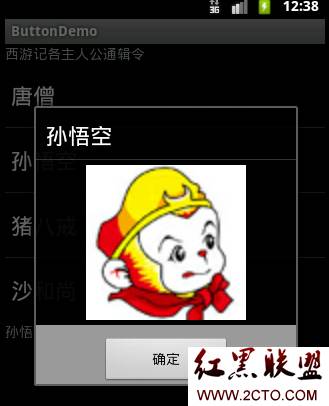Android 网络编程 Socket Http
在Android的网络通讯中,通常会使用Socket进行设备间数的数据通讯,使用Http来对网络数据进行请求。
1、Socket(套接字)
不管是有过Java开发经验还是.NET开发经验的同学都应该对Socket有或多或少的了解,常见的TCP或者UDP协议其实都是基于Socket来实现的。
Socket是用于描述网络上的一个设备中的一个进程或者应用程序的,Socket由IP地址和端口号两部分组成。IP地址用来定位设备,端口号用来定位应用程序或者进程,比如我们常见的运行在80端口上的HTTP协议。Socket的常见格式为:192.168.1.1:1234。
那么应用程序是如何通过Socket来与网络中的其他设备进行通讯的呢?通常情况下,Socket通信有两部分,一部分为监听的Server端,一部分为主动请求连接的Client端。Server端会一直监听Socket中的端口直到有请求为止,当Client端对该端口进行连接请求时,Server端就给予应答并返回一个Socket对象,以后在Server端与Client端的数据交换就可以使用这个Socket来进行操作了。
2、Android中使用Socket进行数据交换
ServerSocket
建立服务端(Server)时,需要使用ServerSocket对象,这个对象会自动对其构造函数中传入的端口号进行监听,并在收到连接请求后,使用ServerSocket.accept()方法返回一个连接的的Socket对象。这个方法并不需要我们像在.NET中那样使用Start方法,它会自动进行监听的。
Socket
不管建立客户端(Client)还是在进行其他数据交换方面的操作时,都需要使用Socket类。Socket类在进行初始化时需要出入Server端的IP地址和端口号,并返回连接到Server端的一个Socket对象,如果是连接失败,那么将返回异常。同ServerSocket,也是自动进行连接请求的。
,并返回连接到Server端的一个Socket对象,如果是连接失败,那么将返回异常。同ServerSocket,也是自动进行连接请求的。
通过上面两个步骤后,Server端和Client端就可以连接起来了,但是仅仅连接起来是没有任何作用的,数据交换才是我们的目的,这时候就需要用到IO流中的OutputStream类和InputStream类。
OutputStream——可写流
当应用程序需要对流进行数据写操作时,可以使用Socket.getOutputStream()方法返回的数据流进行操作。
InputStream——可读流
当应用程序要从流中取出数据时,可以使用Socket.getInputStream()方法返回的数据流进行操作。
[java]
View Code
package LiB.Demo;
import java.io.BufferedReader;
import java.io.BufferedWriter;
import java.io.IOException;
import java.io.InputStreamReader;
import java.io.OutputStreamWriter;
import java.net.ServerSocket;
import java.net.Socket;
public class SocketHelper {
private static ServerSocket serverSocket = null;
private static Socket client = null;
private final static int port = 9048;
private static BufferedReader br= null;
private static BufferedWriter bw = null;
/**
* 创建一个SocketServer对象用来建立服务器
* @throws IOException
*/
public static void CreateServer() throws IOException
{
serverSocket = new ServerSocket(port,10);
System.out.println("start listening...");
}
/**
* 创建一个Socket对象用来连接SocketServer对象
* @param dstName Server对象的ip地址
* @return
* @throws IOException
*/
public static Socket CreateClient(String dstName) throws IOException
{
Socket socket = new Socket(dstName, port);
//Socket sockets = new Socket("192.168.8.12",port);
return socket;
}
/**
* 返回一个已经连接到服务器上的Socket对象
* @throws IOException
*/
public static void GetClinetSocket() throws IOException
{
client = serverSocket.accept();
System.out.println("get a connected client");
}
/**
* 向socket对象所获取的流中发送数据
* @param socket
* @param msg
* @throws IOException
*/
public static void SendMsg(Socket socket , String msg) throws IOException
{
bw = new BufferedWriter(new OutputStreamWriter(socket.getOutputStream()));
bw.write(msg);
bw.flush();
bw.close();
}
/**
* 获取socket对象流中数据
* @param socket
* @param msg
* @return
* @throws IOException
*/
public static String ReceiveMsg(Socket socket, String msg) throws IOException
{
br = new BufferedReader(new InputStreamReader(socket.getInputStream()));
String receiveMsg = "Receive msg:"+ br.readLine();
br.close();
return receiveMsg;
}
/**
* 释放socket对象
* @throws IOException
*/
public static void Close() throws IOException
{
if(client != null)
{
client.close();
}
if(serverSocket != null)
{
serverSocket.close();
}
}
}
View Code
package LiB.Demo;
&n
补充:移动开发 , Android ,